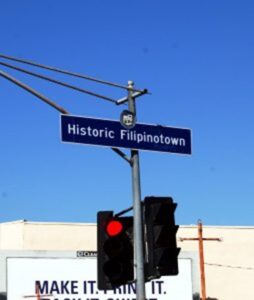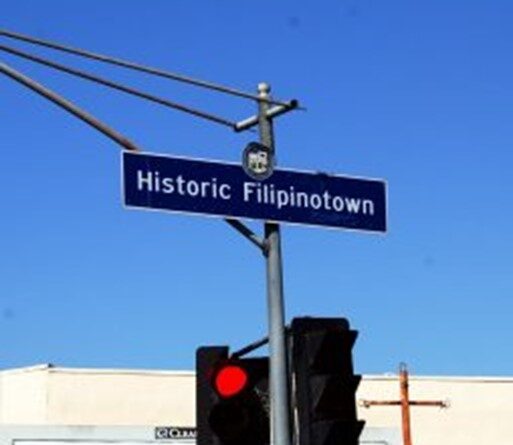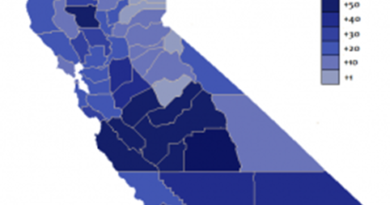The Filipino Diaspora
The Filipino diaspora is one of the largest and most spread-out in the world. Indeed,it is estimated to consist of over 10 million people, 10% of the country’s population. Countries with the highest Filipino population are the United States (3.4 Million), Saudi Arabia (1 million), Canada (850,000), the United Arab Emirates (680,000), Malaysia (325,000) and Japan (260,500). Australia, Italy, Spain and the United Kingdom also boast populations over 100,000.
Filipinos migration to the United States can be traced back to as early as the 16th Century. Major settlements began towards the end of the 18th Century in Louisiana. These were the first Asian American settlements in the country and were mainly based around the Saint Malo region. Migration levels remained low for over a century until the outbreak of the Spanish-American War. This saw the Philippines come under American rule after centuries of Spanish dominion. Exempt from the restrictive immigration laws enacted against other Asian countries, Filipino labourers began travelling to the United States, mainly to Hawaii and California. The latter was a major stop-over point for other parts of the country but eventually became the most significant hub of the Filipino diaspora in the world.

Historic Filipinotown, Downtown LA, Ben Welsh, Flickr Creative Commons
Filipino migration to the United States increased significantly following the end of the Second World War and the subsequent declaration of independence. Several Filipino war veterans were offered the chance to claim American citizenship with many doing so and migrating with their families. One of the largest Asian populations in the country and the largest in the state of California, Filipino-American communities gradually dispersed over time. Despite the prevalence of ‘Little Manila’ settlements such as ‘Historic Filipinotown’ in the mid-to-late-20th Century, these have become less common in recent decades. Indeed, the Filipino-American community is one of the most effectively assimilated in the country, with immigrants having intermarried at a higher rate than most other immigrant populations.
Filipino migration has been significant in a number of other countries outside the United States as well. During the dictatorial regime of Ferdinand Marcos from 1965 to 1986, corruption, oppression and economic depression were almost omnipresent. This caused a number of Filipinos to flee the country, many as political refugees. While the United States remains the major destination for most migrants due to the historical association between the two, the late 20th Century saw Filipino migration occur throughout Europe and the Middle East. Wealthy developing nations such as Saudi Arabia, Qatar and the United Arab Emirates have significant Filipino populations, mainly in the service industries. The United Kingdom, Italy and Spain also have significant populations, the latter due to its historical links.
The history of the Filipino diaspora is long and complex. The large proportion of the population living abroad reflects the country’s unique cultural identity. Very much a hybridised culture of Eastern and Western values due to years of Spanish and American rule, the Philippines is one of the most unique countries on the planet-as is its diaspora.
main image: Western Gateway of Historic Filipinotown unveiled February 2014 at the corner of Temple St. and Silverlake Blvd.




